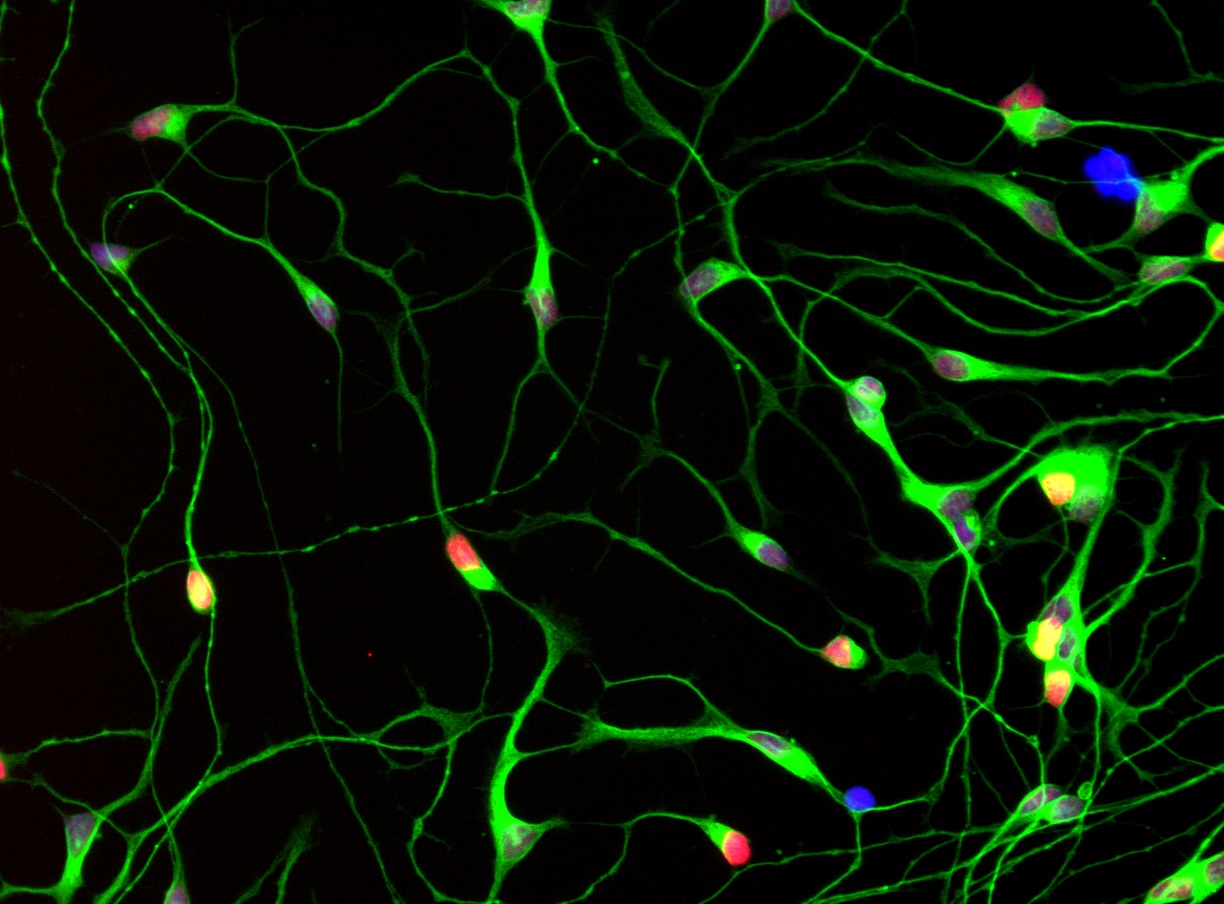
Want to get stories like this straight to your inbox? Subscribe here.
Amyotrophic Lateral Sclerosis (ALS), commonly known as Lou Gehrig’s disease, Multiple Sclerosis (MS), and Parkinson’s disease are three of the most well-known conditions that fall under the umbrella of neurodegenerative disorders. All are diseases of the central nervous system with some possible overlapping disease processes and points of therapeutic intervention. They share many similar symptoms, and at times can often be mistaken for one another, especially in their earlier stages. However, there are key differences in their symptoms and prognoses that make each one a unique and challenging condition.
The National Institute of Health defines a neurodegenerative disease as a condition in which “nerve cells in the brain or peripheral nervous system lose function over time and ultimately die.” This leads to a loss of physical or mental functions, varying by disease. While there are treatments that can temporarily alleviate the physical, cognitive, and behavioral symptoms of neurodegenerative diseases, there are currently no treatments shown to effectively stop or reverse their progression. ALS, MS, and Parkinson’s can appear at any point in life, although each disorder tends to show up in particular age ranges – the first symptoms of MS usually occur between the ages of 20 and 40, ALS from 40 to the mid-60s and Parkinson’s is more common in people over 60.
ALS
While ALS, MS, and Parkinson’s all affect a person’s ability to control the physical functions of the body, they do so in different ways, causing a variety of symptoms. ALS attacks motor neurons – the cells that control the voluntary movement of the muscles throughout the body – in the brain and spinal cord.
This causes the brain to lose control of the muscles, rendering them unable to move. This can lead to symptoms including widespread muscle atrophy, a diminished or completely lost ability to speak, and paralysis. As the disease progresses the body loses its ability to perform essential functions, like breathing and swallowing on its own, eventually causing death, most often due to respiratory failure. The prognosis for those with ALS can vary widely, but it is always fatal. Most people live three to five years after diagnosis, although one in ten will live at least ten years.
Parkinson’s Disease
Parkinson’s disease similarly results from the death of neurons, although this occurs mostly in the brain rather than throughout the wider nervous system. In particular, it affects neurons responsible for producing the chemical messenger dopamine in an area of the brain called the substantia nigra. Many of the symptoms result from this deficiency in dopamine production.
At onset, many people notice a slight tremor in their hands while at rest that becomes worse over time. As the disease progresses, it can cause slowed movement, muscle stiffness, trouble speaking, and eventually lead to a diminished ability to perform unconscious movements like blinking. While the disease itself is not considered fatal, it can lead to severe disability as it progresses.
Multiple Sclerosis
Multiple Sclerosis, or MS, is an autoimmune disorder in which the body’s immune system attacks parts of the central nervous system, specifically myelin, a fatty substance that forms a protective sheath around nerve fibers. This disrupts the brain’s ability to communicate with the rest of the body, similar to ALS.
MS is not usually a fatal disease – people with MS can usually expect to live a normal lifespan absent other complications. It can still cause a number of painful and at times disabling symptoms, many similar to ALS. These can include pain and weakness in the limbs, problems with vision, chronic fatigue, and slurred speech. In some people it eventually leads to paralysis, usually in the legs. Unlike ALS and Parkinson’s, however, MS symptoms can come and go – while they often progress in overall severity over time, many people with MS will experience prolonged periods when their symptoms improve or are even temporarily alleviated.
What We are Still Learning
The causes behind all of three of these conditions remain a mystery, although researchers suspect all are rooted in some combination of genetic and environmental factors. Sometimes, in rare cases, two of these neurodegenerative diseases can be present in the same individual. More research is needed for all three diseases.
For our part, the ALS Therapy Development Institute (ALS TDI) will continue to search for effective treatments and cures for ALS, while hopefully contributing to our overall understanding of the mechanisms of neurodegenerative diseases.
What to do Next?